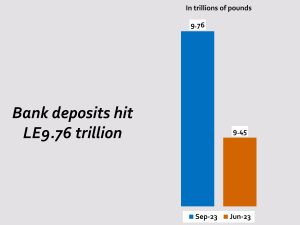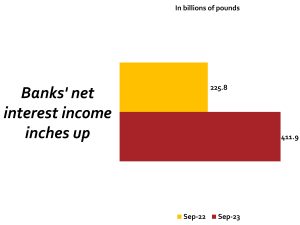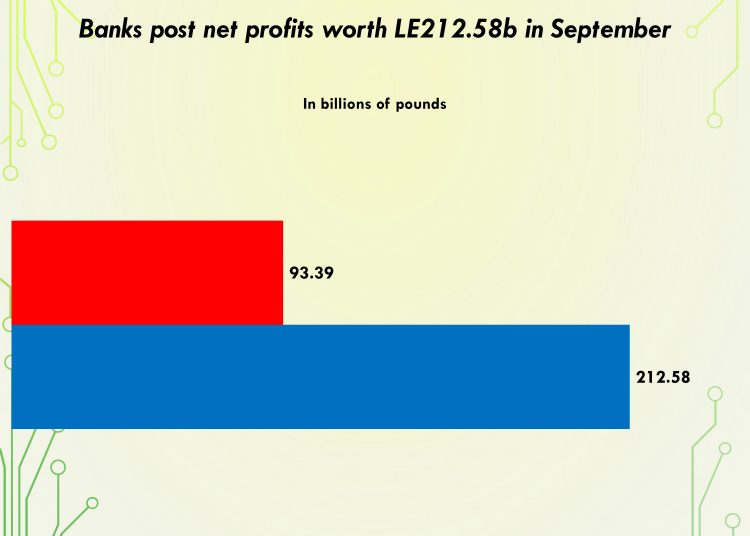The Egyptian Exchange has unveiled a seven-pronged strategy to develop its stock exchange in 2024 via stimulating demand. The strategy includes providing new financial instruments aimed at boosting risk tolerance and maximising returns.
It also includes shariah index, financial derivatives, carbon certificates and real estate shares. Brokerages will deal in treasury bills and bonds on the secondary market, according to the strategy.
Why a new strategy?
The stock exchange should play a greater role in the coming years, providing finance required for economic reforms.
Capital markets in emerging market economies (EMEs) have scope to play a stronger role in infrastructure and SME financing, according to the International Monetary Fund.

The capital market can bridge the financing gap as it offers numerous financing mechanisms for the nation’s infrastructure in the future. It is a step to boost the local nonbank funding instruments in the wake of high interest rates.
The nonbank instruments include leasing, factoring and mortgage finance schemes. A good stock market provides companies with an avenue to raise capital for expansion and investment. By issuing shares to the public, businesses can access funds that can be used for research and development, infrastructure improvements, or entering new markets.

Moreover, a robust stock market encourages savings and investment among individuals. Investors have the opportunity to grow their wealth by purchasing shares in profitable companies.
The Egyptian stocks posted all-time highs in 2023. Market capitalisation jumped by 78.8 per cent to LE1.719 trillion, up from LE961 billion in 2022.
Egypt’s benchmark index jumped by 70.5 per cent in 2023, ending the year at 24,894 points. The broader indices EGX70 EWI and EGX100 EWI leaped by 95.3 per cent to 5,473, according to data from the Egyptian Exchange.

Micro, SMEs finances jump 34.9%
Financing balances for micro, small and-medium enterprises (SMEs) jumped by 34.9 per cent to LE49.653 billion in September 2023, up from LE36.814 billion in the same month a year earlier, according to data from the Financial Regulatory Authority (FRA).
The number of beneficiaries rose to 3.824 million in September, up from 3.909 million in the same month the previous year, according to FRA data.
Microfinance companies pumped finances worth LE6.3 billion in September to 348,400 beneficiaries. Financing balances for microbusinesses increased by LE45.221 billion in September, up from LE35.484 billion in the same month a year ago.
Financing balances for SMEs rose to LE4.431 billion in September 2023, compared to LE1.314 billion in the same month a year earlier, according to FRA data.

Meanwhile, local nano finance fell by 54.6 per cent to LE7.8 million in 2023 Q2, down from LE17.2 million in the same period a year ago, according to FRA data.
The number of beneficiaries plunged 68.2 per cent to 9,900 in 2023 Q2, down from 31,200 in the same period a year earlier, according to FRA data.

Agriculture accounted for 53.1 per cent, or LE4.14 million, of nano finance in 2023 Q2. The manufacturing sector was in the second place snatching 28.32 per cent, or LE2.2 million, of total nano finance balances, according to FRA data.






Discussion about this post